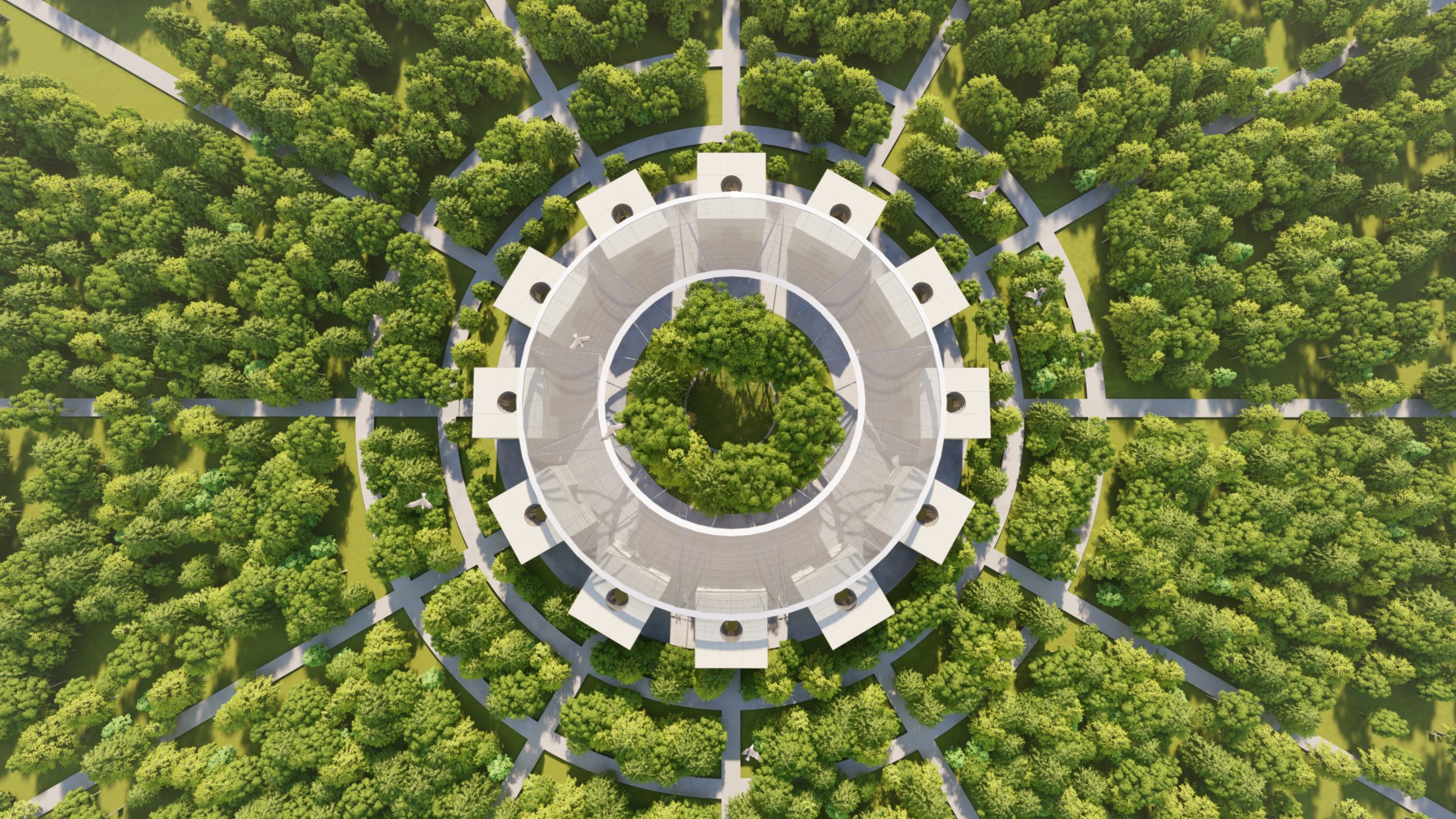
For nearly three decades, the UN has been bringing nations and world leaders together to tackle the climate emergency. This month the 27th UN Conference of the Parties (COP27) was hosted in Sharm El-Sheikh, where global leaders gathered to deliver actions to reduce greenhouse gas emissions, build resilience to a changing climate and fundraise for climate action in developing countries.
On 7 November, as part of the busy COP27 agenda, a roundtable on food security explored the implications that our current food system has on our environment and communities. At the event, several global leaders and institutions, including the International Finance Corporation, the Bill & Melinda Gates Foundation, and other private investors, collectively pledged more than $7 billion to support affordable, fair and innovative food solutions in vulnerable contexts. While this is a huge commitment to change, we now need to make sure this money is used in the most effective way. As the world transitions to a green economy, governments and cities need to take action to secure accessible food and nutrition for future generations and support developments that can be part of this process. Urban farming is one potential solution that the built environment industry can bring to the table.











































































































































































































































































